Mythology
-
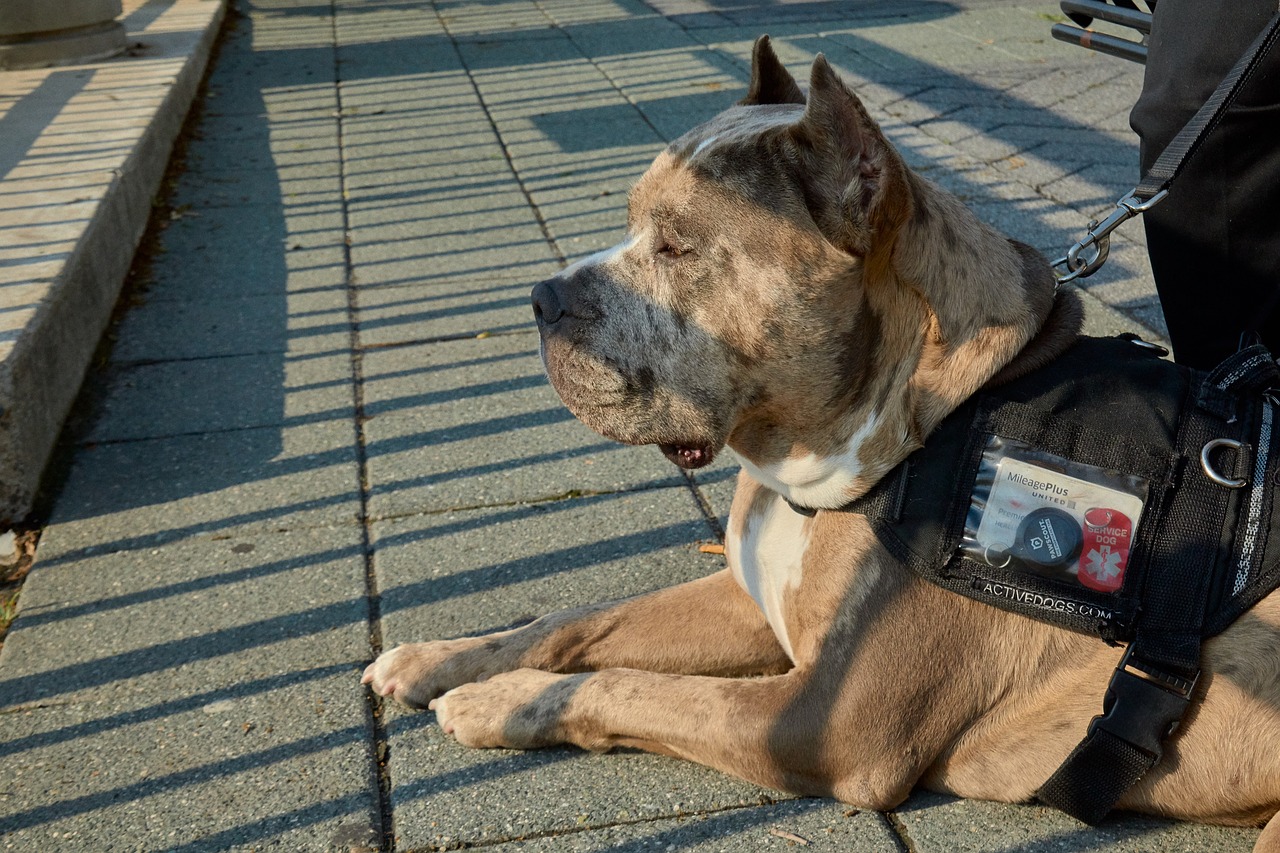
Ares, the formidable Greek deity associated with warfare, occupies a prominent place among the twelve Olympian gods of Mount Olympus. Revered as the god of battle, Ares embodies the fervor and violence that accompany conflict. He is frequently illustrated as a powerful and aggressive warrior, brandishing weapons such as spears and swords, representing the tumultuous…
-
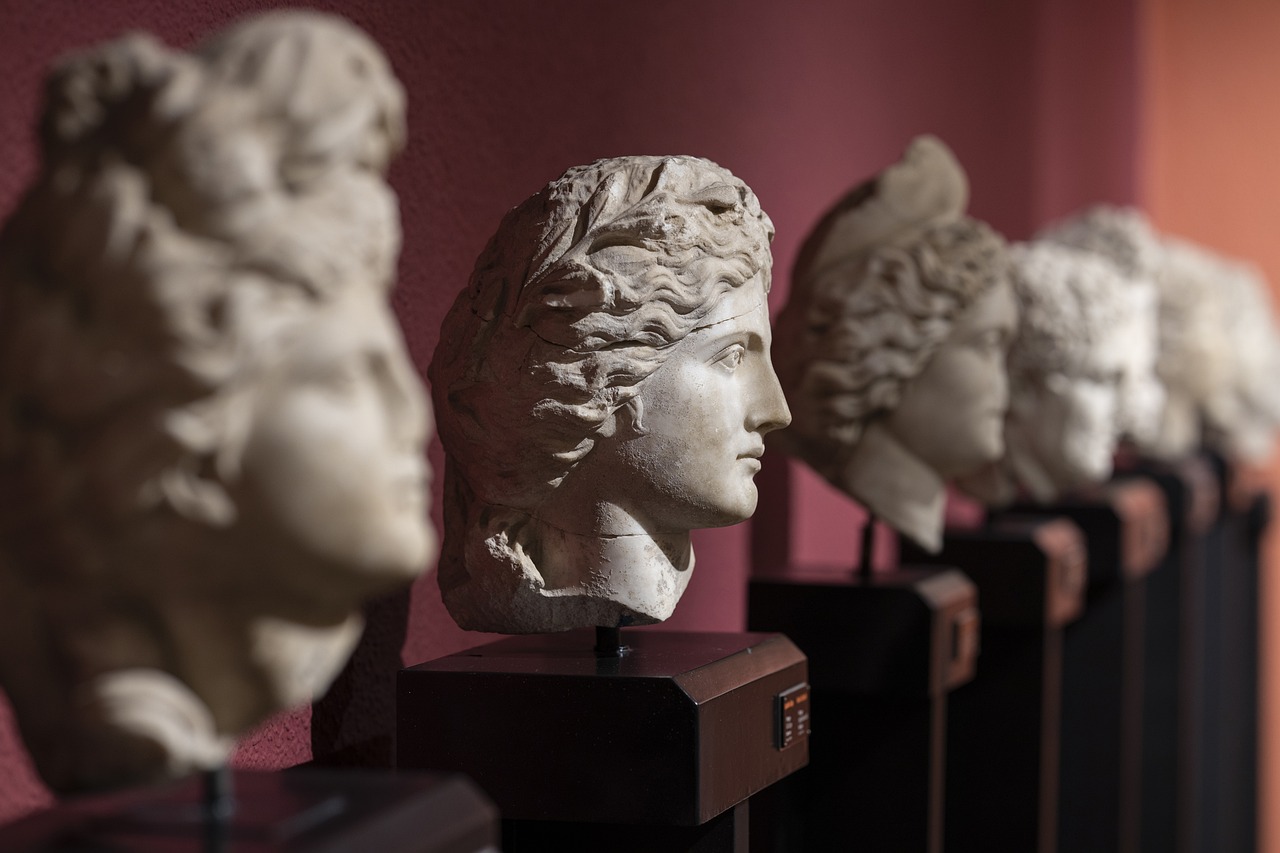
Greek mythology encompasses a rich tapestry of tales surrounding deities, heroic figures, and the rituals practiced by ancient Greeks, all of which have a lasting impact on Western art and literature. The myths, often accepted as truths in ancient Greece, served both to explain natural phenomena and to present the deeds of gods and heroes.…
-

Pluto, the Roman god of the underworld (also known as Hades in Greek mythology), was one of three brothers and two sisters born to Saturn, the god of time, and Ops, the goddess of fertility and abundance. Following Saturn’s death and the downfall of the Titans, Pluto and his brothers divided their father’s dominions. While…
-

Celtic religion encompasses the beliefs and rituals of the ancient Celts, an Indo-European people who peaked in their influence and territorial range in the 4th century BC. At this time, the Celts extended from the shores of Britain to Asia Minor. Following the 3rd century BC, their prominence began a protracted decline, culminating with Julius…
-
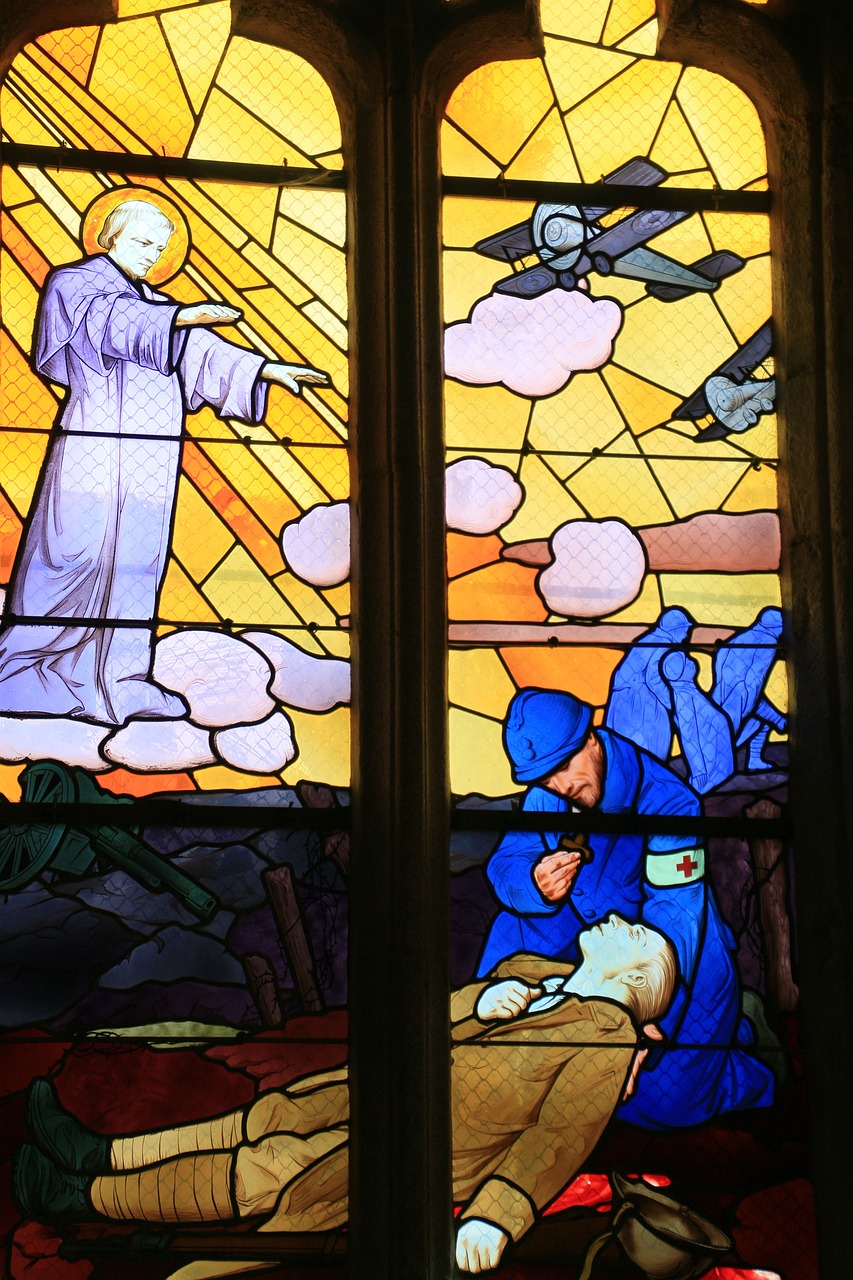
Ares, the Greek god of war, holds the distinction of being one of the least favored deities among the Olympians due to his volatile nature, fierce temperament, and insatiable appetite for battle. His infamous liaisons, such as the affair with Aphrodite, his conflicts with Hercules, and the anger he provoked in Poseidon by slaying his…
-
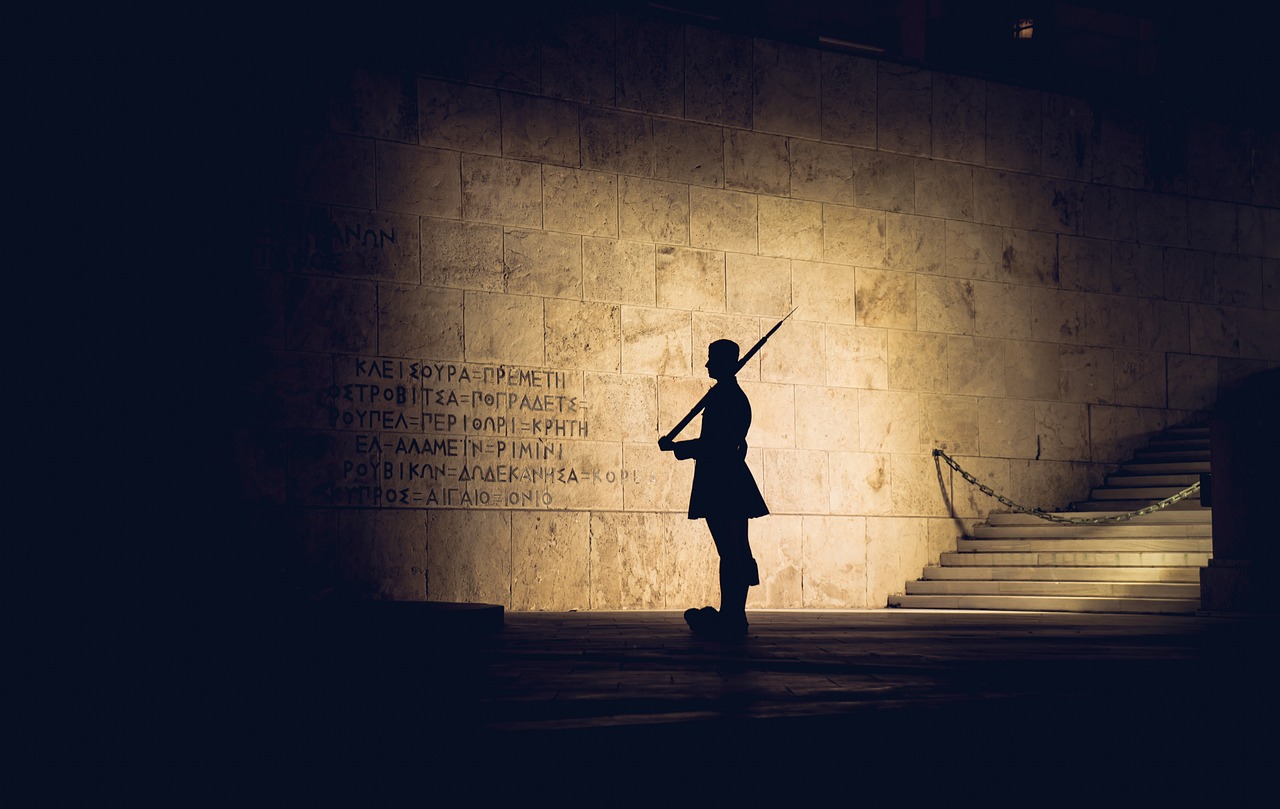
Gaia, often referred to as Gaea or Ge, stands as a foundational goddess within Greek mythology, symbolizing the Earth itself. Born from the primordial state of Chaos, she is regarded as both the mother goddess and the ultimate divine figure for both mortals and deities. Her lineage is significant, with all major gods and goddesses…
-
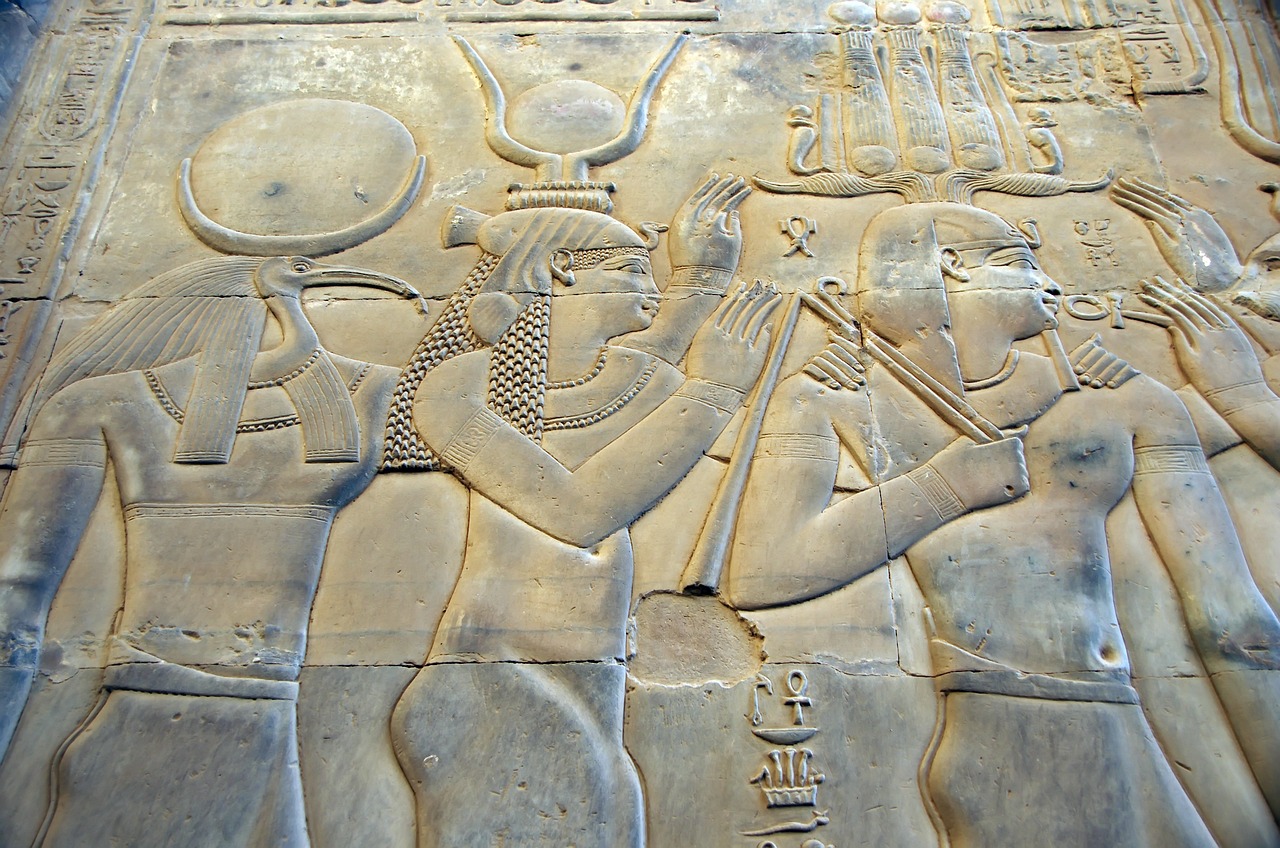
One of the most pivotal deities in the daily life of ancient Egyptians was Thoth. The civilization was characterized by its quest for survival in a challenging landscape and the preparation for an afterlife. Thoth’s significance extended beyond being the protector of scribes and the initiator of hieroglyphic writing; he was also a vital figure…
-
Tefnut, an ancient Egyptian goddess, embodies the principles of moisture, rain, and water. She is a pivotal member of the Heliopolitan Ennead, a collective of nine deities predominantly venerated in the city of Heliopolis. Visual representations typically show Tefnut as a woman adorned with a lioness head. Recognized among the primordial deities, she symbolizes moisture…
-
Tefnut, the ancient Egyptian goddess embodying moisture, rain, and water, is a pivotal figure in the Heliopolitan Ennead, a collection of nine deities worshipped predominantly in Heliopolis. She is typically represented as a woman with a lioness’s head, symbolizing her primordial essence connected to moisture and the elemental forces of creation. In the realm of…


